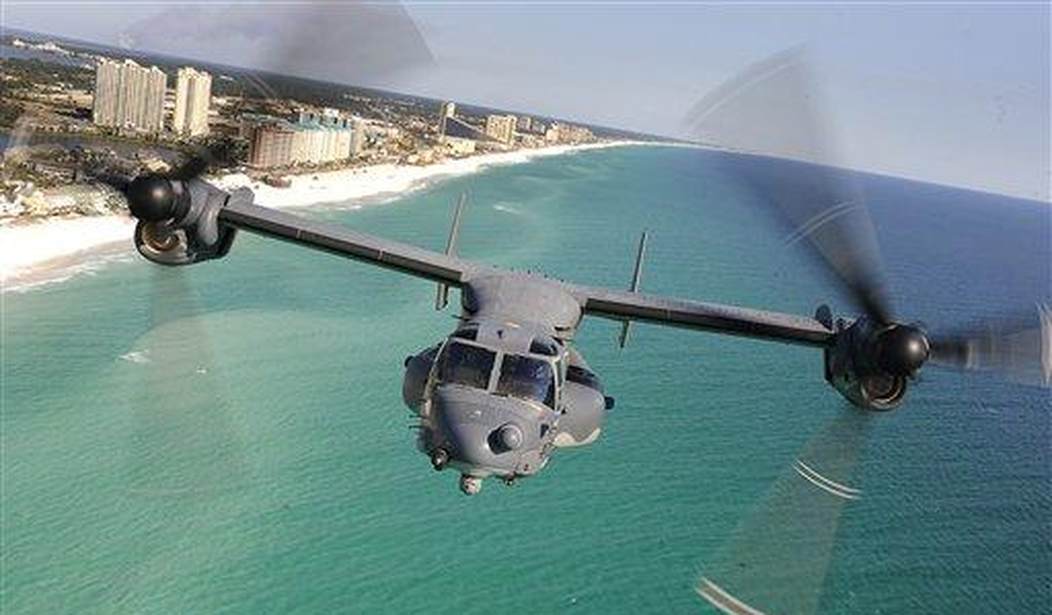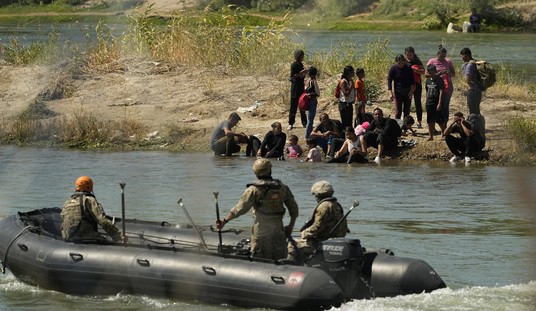A US Air Force CV-22B Osprey crashed off the coast of Japan on Wednesday, killing at least one crew member out of the six crew on board at the time of the crash, officials say. The aircraft crashed at approximately 3 pm local standard time off the small island of Yakushima, which is located at the southernmost point of the main Japanese Archipelago. Shortly before the crash, radar contact with the aircraft was lost.
According to Hiroyuki Miyazawa, Japan’s deputy defense minister, the Osprey made an “emergency water landing.” Around 2:40 p.m. on Wednesday, the prefectural police in Kagoshima, where Yakushima is located, received a report that the Osprey, with one of its engines burning, had crashed near the Yakushima airport, according to Hiroki Shimano, an official in Kagoshima Prefecture’s crisis management division.
Japanese Coast Guardsmen, who received an emergency call from a fishing boat that was located near the crash, were able to recover one male crew member from the water and stated that the crew member was unconscious and not breathing, and was later pronounced dead. The condition or location of the other five crew members of the Osprey are unknown at this time. Japanese Coast Guard patrol boats, along with aircraft, were conducting search and rescue operations in the area to locate any other crew members but were unsuccessful. Officials say the CV-22B Osprey originated out of Marine Corps Air Station Iwakuni, on a flight to Okinawa, Japan. Iwakuni is approximately 230 miles north of where the Osprey went down, and approximately 550 miles north of Okinawa.
The CV-22B is a United States Air Force variant of the V-22 Osprey used by the US Navy and Marine Corps. The CV-22B Air Force version was designed for Air Force special operations missions and has different radar and communication systems, than the standard variants used by the Navy and Marine Corps. The US military may share different variants of the V-22, but they share a common and tragic statistic, crashes and fatalities.
Since the V-22 began testing in 1991, through today, the aircraft has had its fair share of teething issues. While it is not uncommon for new aircraft to crash or suffer some other sort of mishap during testing, the number of occurrences is actually quite low. However, this does not apply to the Osprey. The Osprey first flew in 1989 and subsequently began official flight testing in 1991. During nine years of flight testing, the V-22 crashed four times, which resulted in 30 deaths, with at least 26 of those deaths being Marines. After flight testing ended, the Osprey entered into active service with the Marines first in 2007 and in 2009 for the Air Force. The Navy did not start flying their variant, the CVM-22, in 2021. Since the aircraft entered active service in 2007, it has suffered 12 crashes, which killed 26 people, and has suffered from several other serious accidents and mishaps.
This now marks the 25th major incident for the V-22 Osprey since it began test flying in 1991, and now the number of fatalities is at least 27 that we know of. The United States is not the only operator of the aircraft either, the Japanese Self-Defense Forces has two aircraft on hand, with another one on order. However, due to the sketchy service record of the aircraft and the numerous crashes with fatalities, Japanese officials have expressed concerns over the safety and reliability of the Osprey, and the governor of Okinawa, Denny Tamaki said that he intends to request US military officials that they suspend all flights of the aircraft over all Japanese territory.
The cause of the crash and the whereabouts of the remaining crew members remains unknown at this time. Search and rescue efforts are ongoing at this time, but all that has been found is aircraft wreckage and other debris, along with a life raft. The name of the service member that was recovered by the Japanese Coast Guard has not been released.















Join the conversation as a VIP Member